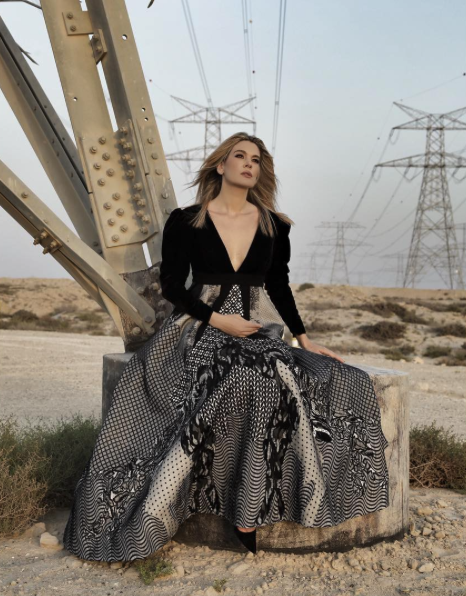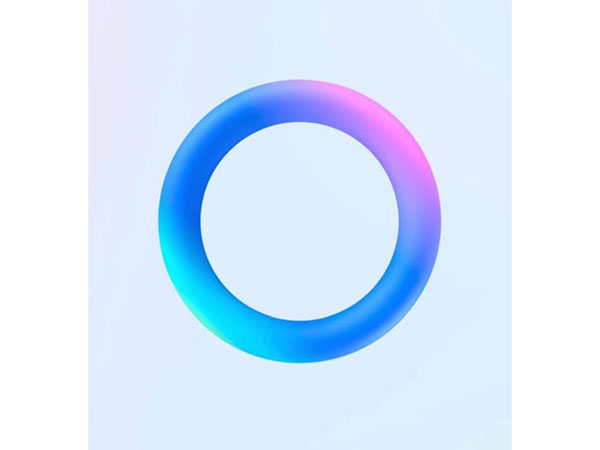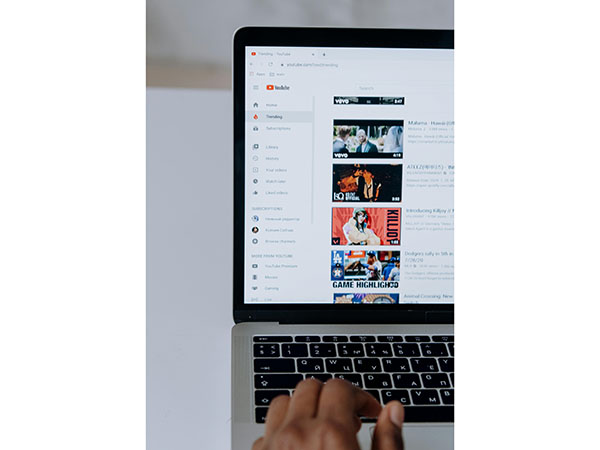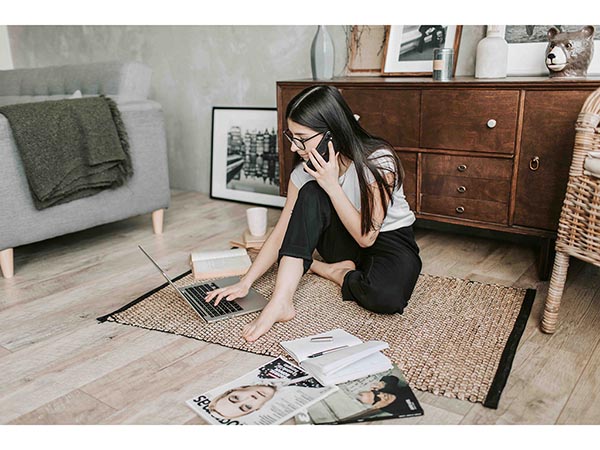News - Digital/Tech
Instagram, likes and glamour
by Iain Akerman
June 27, 2017
As befits the social media age, Natalia Shustova (Instagram followers: 121,500) is communicating with me via voice message. “I’m definitely an Instagram person,” she admits. “I love the idea of good images, I’m very visual, and I believe you can communicate things much easier and quicker, especially when it’s related to fashion.”

“I never considered myself to be an influencer. I prefer to call myself a fashion entrepreneur, and I would like to keep it this way.”-- Natalia Shustova
Influencers are big business, and perhaps nowhere more so than in fashion and beauty. Millions of dollars will be spent this year on fashion shoots, influencer trips, paid posts and content deals, and the spending shows no sign of abating.
For influencers, it’s easy to see the allure. Free clothes, free hotels, free dinners, even payment of up to $5,000 for a single Instagram post (much higher if you’re in the big league and have millions of followers). Then there are the invitations to international fashion shows and the associated glamour and fame that come with living in the limelight.
Vogue Arabia describes Shustova as “quirky” with “chic style, slender allure, and Slavic elegance”. She has made a name for herself not only as a fashion consultant, stylist, creative director and founder of Shoestova (a play on her own name), but now as an influencer.
She’s by no means alone. There’s the Saudi-born Palestinian twins Sama and Haya Khadra (Instagram followers: 494,000); Dubai-based Sheida Babareza (576,000); Latifa Al Shamsi (275,000); and a whole fashion parade of others. Thousands more wait in the wings.
“I need to look good no matter what time of the day it is or where I’m going – the supermarket or beach or whatever,” says Shustova, acknowledging the downsides of a life lived publicly. “I’m always going to see somebody who knows me and is going to come and say ‘Natalia, I’m very glad to meet you in person’. And you should definitely be the person they see every day on Instagram.”
But why the continued and, indeed, increasing attraction for influencers from fashion brands? And are they even worth it?
“Because there is a huge amount of stress from companies on brand managers to show immediate sales results, specially with beauty brands,” says Zoya Sakr, group editor-in-chief at nawa3em.com and gheir.com and a former Miss Lebanon. “They are neglecting brand positioning and using mass influencers to generate immediate sales. Social media penetration is huge in our region and it’s bringing amazing results for brands. And it can be easily measured.”

“I create content for websites I manage, and lately brands have been interested more and more to have branded content on my social platform.”—Zoya Sakr
Measurement is a big one. Is there any connection between posts and sales? How do you measure that connection? Indeed, many marketers will be unable to prove any correlation between the two, despite placing influencers at the heart of their brand’s social media strategy. In an article for British Vogue, for example, a representative of Jimmy Choo admitted there was nothing solid to prove a link between the company’s use of influencers and consumer sales.
Instagram itself doesn’t help, largely because it is a ‘walled garden’ that prevents links to elsewhere on the web from being inserted in photo captions or comments. Instagram is therefore largely a platform where brands can only measure reach.
“Brand managers and marketers receive reports on collaborations with influencers, especially ones that have above a million followers and products sell out – products that the influencer has been pushing specifically,” asserts Sakr (Instagram followers: 141,000). “I recently posted an image of my daughter wearing a specific dress and was informed the dress had sold out in the boutique where it was being sold.”
There are some ways of measuring. For example, Laura Badura (Instagram followers: 628,000), who splits her time between Dubai and London, frequently uses money-off codes that enable retailers to track sales directly from her followers. There are also platforms such as Liketoknow.it, which enable followers to purchase items featured in an influencer’s photos.
Forward-thinking influencers have also gone one step further and built the foundations of their own empires. Dubai-based Huda Kattan (Instagram followers: 20.3 million) is a prime example, creating her own brand (Huda Beauty), along with associated website and e-commerce platform. Ranked as the third most important beauty influencer globally by Forbes, she also refuses to take paid posts and believes an influencer’s credibility lies in their integrity.
“I’m treating my fashion life as a business,” says Shustova, who also has an associated website and online shop where sales of any given brand can easily be tracked. “And as any entrepreneur we have editorial calendars, we have clients, we have partners.”
Shustova works with companies such as Bloomingdale’s, Robinsons and Jimmy Choo and operates in many ways as any traditional media company would. She employs editors who write and schedule posts and has the same surrounding social media presence – Instagram, Facebook, Twitter, YouTube, Pinterest – of any modern media owner.
“I never considered myself to be an influencer,” she adds. “I prefer to call myself a fashion entrepreneur, and I would like to keep it this way. I don’t like words like influencers, bloggers and so on. My growth, my entire fashion life, has been very organic. I created my Instagram account when I was still a lawyer working very seriously in a very serious business, and after three months, seeing how my platform started to grow and later when I went to New York Fashion Week with DKNY, I realised that something different had happened with me. So since December last year I have stopped taking any new clients in my legal firm and continue to work only in the fashion field.”
Interestingly it is no longer simply numbers that matter, but interaction with followers and the quality of those followers. Simple product placement is outdated and so too is much of the marketing paraphernalia that surrounds it.
“What matters really is engagement,” says Shustova. “If you build a platform which is really engaging and I can see real feedback from real people asking me real things; that really matters.”
“I only work with brands I genuinely like and use,” adds Sakr. “Each collaboration is packaged differently – mostly content is related to my travels – and I also make sure when I travel for global events and launches to create qualitative content specially in video.”
Like Shustova, Sakr dismisses the word ‘influencer’. “I’d rather be called an achiever,” she says. “I have been working for 20 years in media and my company and family are my best achievements in life. My focus is on my job as editor-in-chief, I create content for websites I manage, and lately brands have been interested more and more to have branded content on my social platform.”
In the time it has taken me to write this article, Shustova’s following has increased by 1,000.
“My personal style is bold and unpredictable and very, very unique,” she tells me. “People have previously told me that for them I am Carrie Bradshaw after Sex and the City – all because I don’t follow any trends. I inspire women every day to be more bold and different. Try not to follow trends but create your own. This I believe is the key to my success.”












